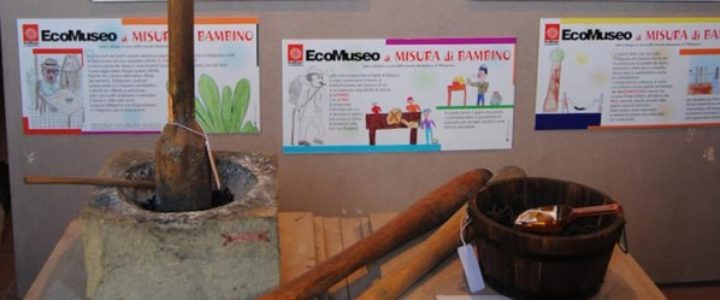
the Museum of Gunpowder and Smuggling, dedicated to the marketing and production of black powder that took place in Chitignano in the nineteenth century. Subsequently, tobacco smuggling was resumed in the middle of the last century, after the war. The chitignanini carried tobacco and cigars in Valtiberina passing through the mountains to escape finance. The factories involved in the production of pyric powder, located along the Rassina stream, with machinery moved by hydraulic power, experienced their greatest development between the nineteenth and twentieth centuries. The two largest polverifici were that of Prati and that of Ciofi, of which still remain significant evidence. The activity, in addition to being carried out inside authorized structures, was also carried out through the numerous ‘pilli’ (cavities dug in the stone for the beating of the components) scattered in the woods, outside the control of the surveillance organs, whose production fed the smuggling market.
Other events knew the cultivation of tobacco, practiced until 1779 within the County of the Counts Umbertini and then later (thanks to privileges granted by Grand Duke Peter Leopold), which ensured a certain welfare to the local community. After the abolition of the privilege in 1830, the tobacco trade continued clandestinely. The raw material was recovered in the areas of Valtiberina and Umbria and transported to Chitignano for processing into chopped and cigars by the processing of cigars, women specialized in this particular manufacture. The finished product was then sold through smuggling. The routes traced by the smugglers went on the Romagna side, towards Florence, Pisa and Livorno, towards the Tuscan and Lazio Maremma, towards Umbria and the Marche.

